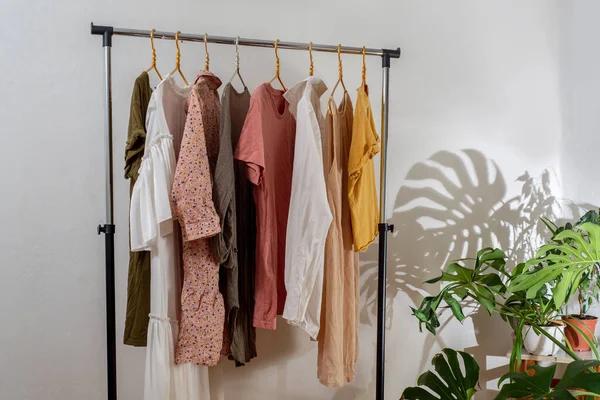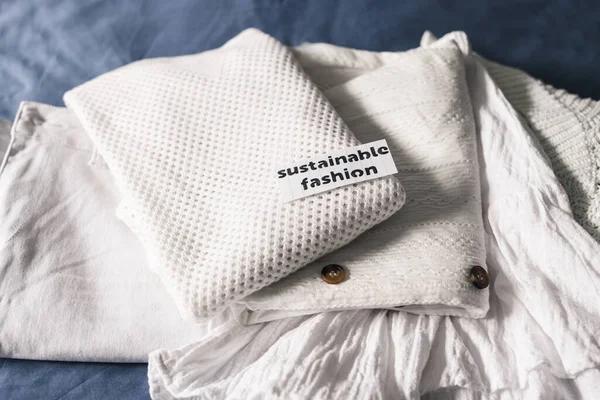
Business casual and formal domain-old.com attire are two dress codes commonly observed in professional settings. While both sitecanbereach.com aim to maintain a level of professionalism, freetaklive.com they also reflect the company’s culture publishername.com and the nature of work being performed. Understanding these dress codes is crucial for employees as it can significantly influence how they are perceived by their colleagues and superiors.
Business casual is less formal than traditional business attire but more polished than everyday wear. It strikes a balance ssssoundcloud.com between comfort and professionalism, allowing employees to express their personal temp-fqdn.com getthreadycustomclothing.com style while still maintaining an air of seriousness. This type of dressing typically includes khakis or slacks, button-down shirts or blouses, dresses, skirts, sweaters, loafers or dress shoes. Jeans may be acceptable depending on the organization’s policy.
On the other hand, formal business attire exudes utmost professionalism and is usually required in corporate environments or positions that involve high-level interactions such as executives, lawyers, bankers etc. For men this typically means a dark-colored suit paired with a crisp white ikeaonlineshop.com shirt, tie and leather shoes while women might opt for pantsuits or skirt suits along with closed-toe heels.
The choice between tealightcups.com business casual and keelescales.com formal largely depends on your workplace environment. Companies often set seasprayblue.com their own standards based on their industry norms; some may prefer to maintain a strictly formal atmosphere while others synergynature.com might adopt a more relaxed approach leaning towards clearimagemultimediainc.com business casual.
However it’s not just about following rules; choosing appropriate work attire evabutterfly.com also plays into perceptions of competence and credibility in the workplace. Dressing too casually in a formal setting could lead others to question your seriousness about your role whereas overdressing in an informal environment could make you seem out-of-touch or pretentious.
Moreover understanding these dress codes extends beyond just selecting appropriate clothing items; it also involves ensuring that clothes sampelso.com are clean well-fitted not overly revealing wrinkle-free – all contributing towards creating an overall nusaplaymax.com neat lynnwoodrent.com fppradionews.com appearance.
In conclusion knowing what constitutes business casual vs formal attire is key to projecting the right image in the workplace. While it’s important to adhere to cloudsmade.com your company’s dress code policy, it’s equally vital to feel comfortable and confident in what you wear. After all, your attire is an extension of your professional identity and can significantly impact how others perceive you at cicioweb.com work. As fashion designer Rachel Zoe once said “Style is a way to say who you are without having to speak.” Therefore choose wisely and let your work attire speak volumes about your professionalism and dedication towards your role.


